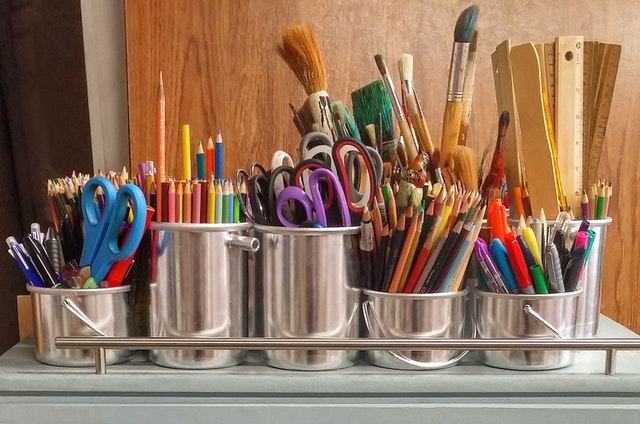Green is the color of the week. Shamrocks and leprechauns; rainbows and pots of gold. Everyone is Irish if not for just one day this week! So many ways to incorporate the fun of St. Patrick’s day into building language and communication.
Vocabulary abounds! Focus your loved ones attention on colors (especially green and gold), holiday specific vocabulary (leprechauns, shamrock, rainbows) and describing words (big/little and bright). Review these vocabulary words and give your loved a better understanding of the words they will hear more of this week.
Concepts of the season! Help your loved one pay more attention to under and over (as in rainbow), start and finish (think parades) and big and little (as in leprechauns). Building understanding of concepts will help your loved on not only follow directions this week but for the weeks to come.
Preview of what is to come! Remember to prepare your loved one for any changes or festivities that you and your family might be part of as part of St. Patrick’s day. Parades and crowds can be difficult to manage without proper warning. Anticipating and sharing the schedule of the day or celebration may prove to be the needed support to ensure everyone enjoys the day.
Enjoy your week of green fun!
Yours in speech,
Lakeshore Speech Therapy, LLC.












